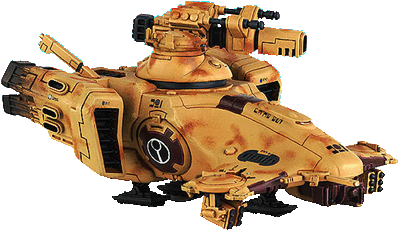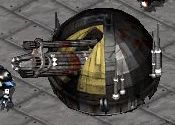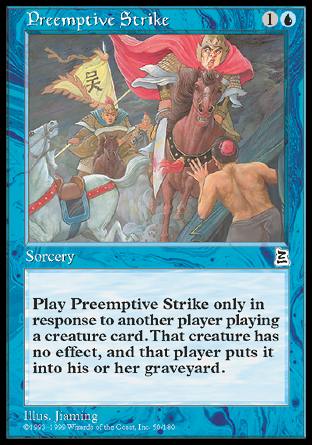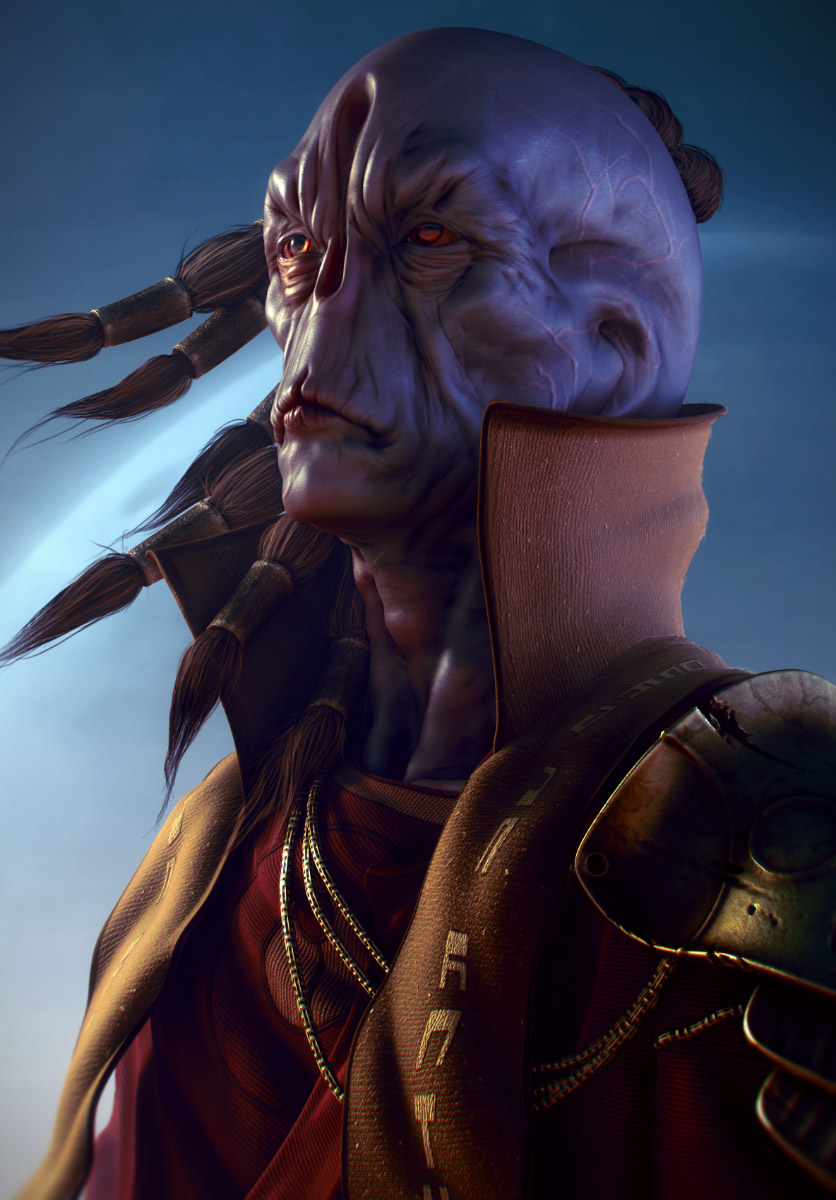Our psychic power lists include Runes of Fate, which we've just covered, as well as Divination and Telepathy. All of these have strong options, but they're balanced very differently, so which tables you roll on is going to depend on what your army needs. We've already gone over Runes of Fate, but I'll skim over the other two for the sake of cohesion.
| I could never tell if he's casting the spell or getting hit by it. |
Telepathy is strong, but awkwardly balanced table. Psychic Scream, Dominate, Mental Fortitude, Puppet Master, and Terrify are all solid powers, but they're nothing mind-blowing (do you see what I did there). Invisibility and Hallucinations are game changers; when you roll on Telepathy, you're praying quietly for a 5 or 6. Invisibility works exceptionally well with jink saves, especially jetbike-mounted seer councils, and Hallucinations is best used against super units - guard blobs are particularly vulnerable.
But when you go for Telepathy, be aware that you are taking a risk - you probably won't get what you want on your first roll, which means you'll need to put more rolls into the table to try and hit the Invisibility/Hallucinations jackpot. Because of this, Telepathy can be a dangerous investment - you should only go for this table if you're willing to spend all three rolls here, and even then Telepathy is a gamble.
Divination is popularly considered the strongest psychic power list in the main rulebook, and rightly so. Some of its powers are situational, but all of them are useful and a few are incredibly potent. Precognition is fairly weak here because of the farseers' low number of attacks, and Scrier's Gaze, while powerful, is only relevant if you have important units held in reserve and/or are playing with mysterious terrain. Forewarning and Foreboding grant a unit full BS defensive fire and a 4+ ward save respectively, both of which are very strong.
With the heavy firepower of an Eldar army, giving a unit Ignores Cover shots is potentially brutal; while not especially useful in a few situations, against some armies it can be absolutely devastating. But the real prize in Divination is Misfortune - like Doom, it allows you to substantially amplify your damage against a single target. If you roll both of these powers, try not to cheer - it's rude to celebrate when the guy across the table is weeping uncontrollably.
Arguably the best part of Divination, and Runes of Fate as well, are the primaris powers. While Prescience is not as strong as Misfortune, it's a guarantee; rolling on Divination is very safe, because even if you get a power you don't want, Prescience is so excellent that it won't matter; the same applies to Runes of Fate.
Unfortunately, Runes of Fate is very hit-or-miss table. Doom and Fortune are both excellent, and Eldritch Storm and Mind War are reasonably strong, though their high warp charge cost is a big detraction. Executioner and Death mission are trash, strong contenders with Hemmorage for the worst psychic powers in Warhammer. What this means is that Runes of Fate is safe on your first roll because you can always trade in for Guide, and risky once you've already taken your primaris.
Optimal psychic power selection will vary based on your army and your opponents, of course, but with that in mind, let's look at what is generally the best way to generate your farseer's psychic powers. Start with one roll in Runes of Fate. If you roll Doom or Fortune, awesome - grab that and move on. If not, trade it in for Guide. Next, roll once on Divination. If you roll Misfortune, Perfect Timing, or Foreboding, take it, and if not, swap for Prescience. You might want another power besides those I've listed, as both tables have some situational psychics, so if that's the case for this particular game, just add them into their respective list of "good psychics."
Having made two of our three rolls, we can sit back and assess the situation. If you got a good power off of either Divination or Runes of Fate, your next choice is easy - just roll on the table where you still have a primaris power available, and you're guaranteed three excellent psychics for the game. If you already have Guide and Prescience, that's still a solid build for a Farseer, but nothing is guaranteed past this point. Divination is probably your best option here because even its worst powers are still really good, but if you're feeling lucky you could go for Runes of Battle instead.
























